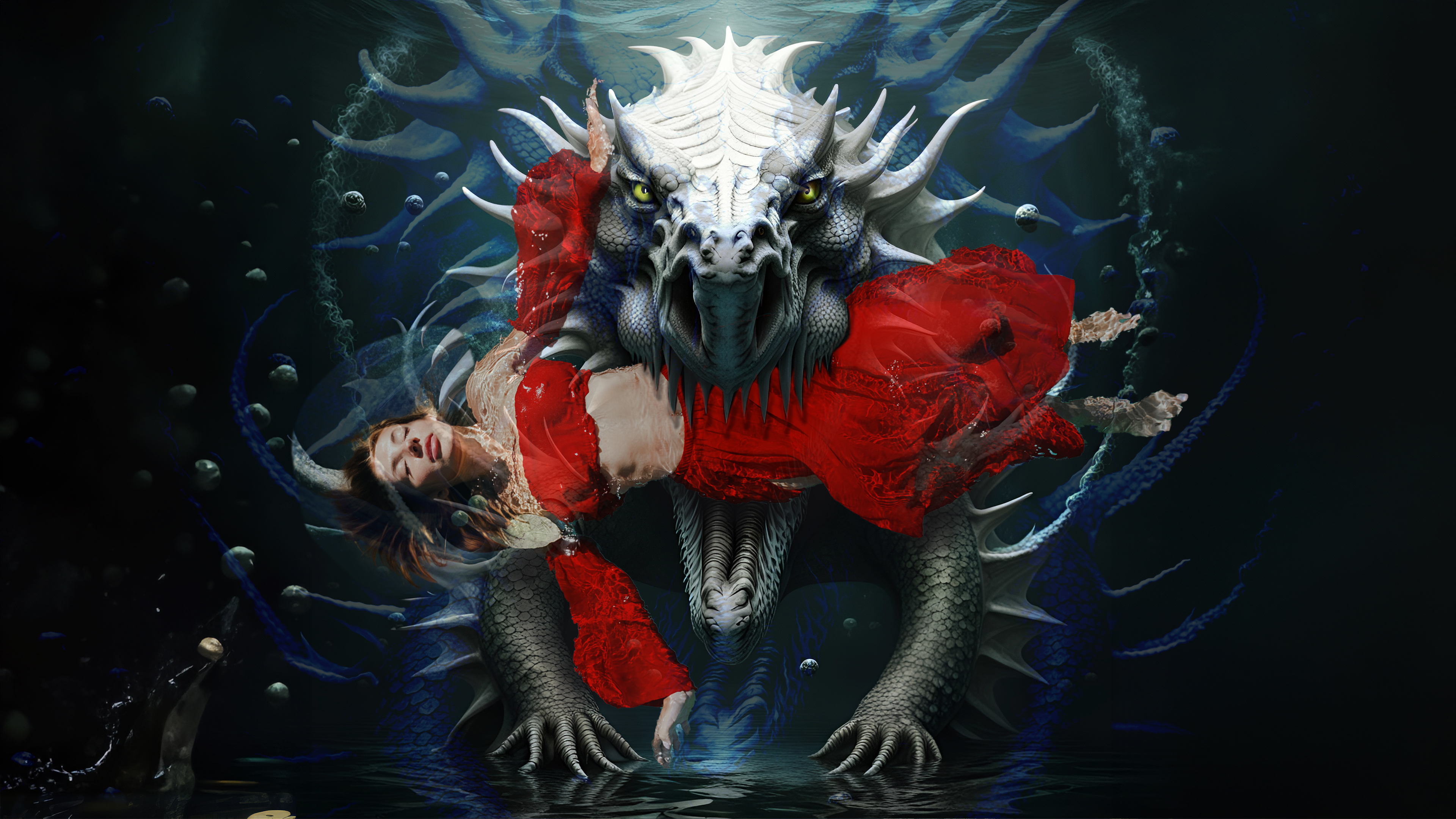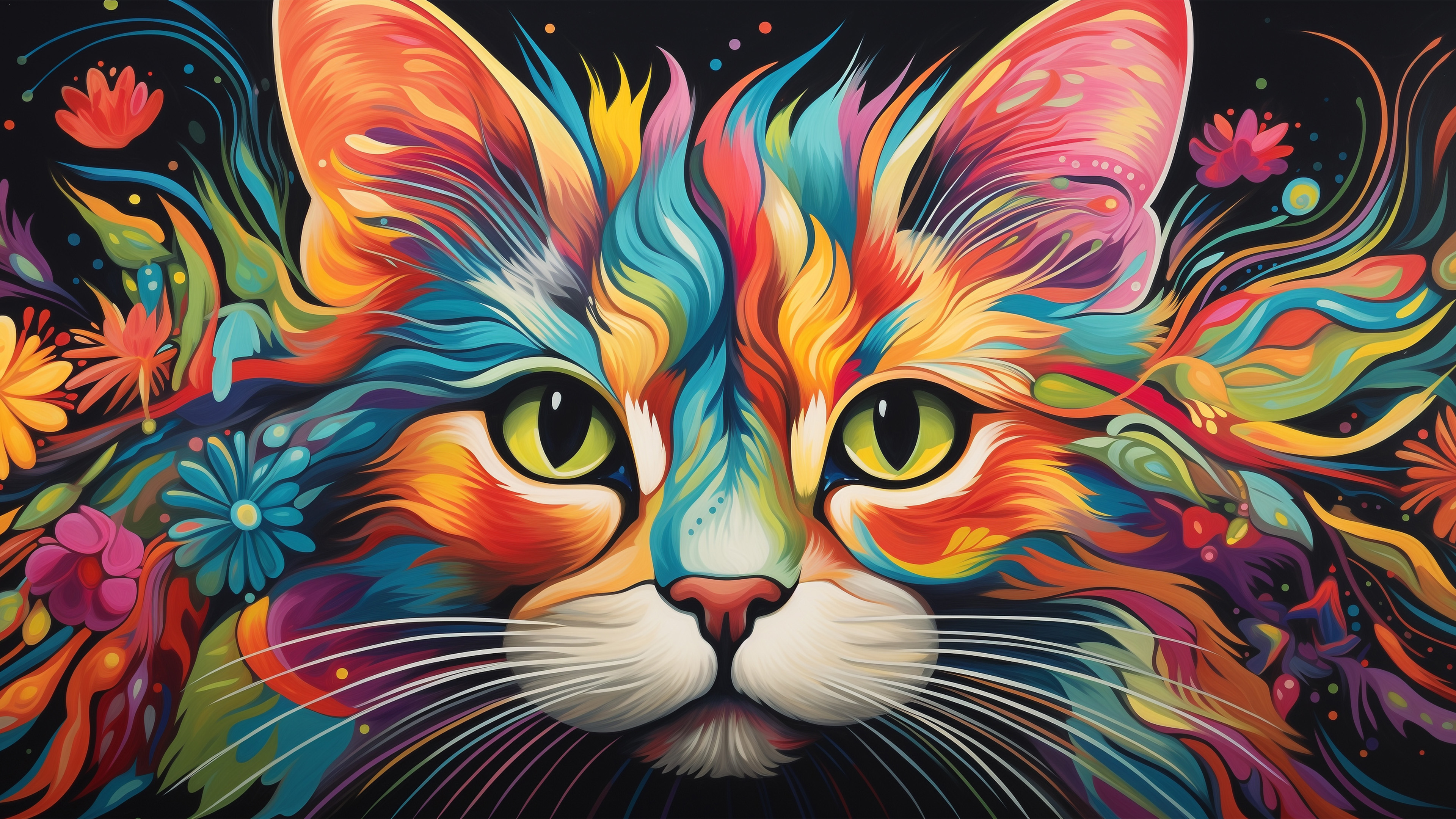Abstract Captivism: The Fusion of Abstract Art and Societal Commentary
Introduction
In the ever-evolving world of art, new movements and styles emerge to challenge traditional norms and inspire fresh perspectives. One such innovative style making waves in the contemporary art scene is Abstract Captivism. This dynamic fusion of abstract art and societal commentary creates a visually stunning, emotionally charged experience that pushes boundaries and provokes thought. In this article, we will explore the origins, characteristics, and impact of this exciting new art form.
Origins of Abstract Captivism
Abstract Captivism finds its roots in the mid-21st century, as artists sought to convey the complexities of our rapidly changing world. Emerging from a desire to blend abstract expressionism with a sharp focus on socio-political themes, this style was influenced by the global issues and movements of the time, from environmental concerns to socio-economic disparities.
Characteristics of Abstract Captivism
Expressive Abstraction: At the heart of Abstract Captivism lies the bold use of abstract techniques. Artists employ sweeping brush strokes, unconventional color palettes, and intricate layering to create visually engaging and emotionally charged compositions.
Societal Commentary: Unlike traditional abstract art, Abstract Captivism goes beyond the realm of personal expression. It serves as a vehicle for artists to convey powerful messages about societal issues, challenges, and triumphs. Each piece is a canvas for reflection and dialogue.
Multilayered Symbolism: Abstract Captivism often employs symbolism in its compositions. Elements such as fractured shapes, contrasting textures, and vibrant colors are used to represent the complexities and contradictions inherent in contemporary society.
Texture and Form Exploration: Artists experimenting in Abstract Captivism often delve into the realm of mixed media. They incorporate unconventional materials, such as found objects, textiles, and digital elements, to add texture and depth to their creations.
Engagement of Emotion: The visceral nature of Abstract Captivism evokes strong emotions in viewers. It challenges them to confront the societal issues depicted in the art, igniting a dialogue about topics that matter deeply to our world.
Impact and Significance
Abstract Captivism has quickly gained traction in the art world for its ability to captivate audiences and spark meaningful discussions. Its blend of artistic prowess with a societal conscience has resonated with a diverse range of viewers. By transcending the boundaries of traditional art forms, it invites individuals from all walks of life to engage with its powerful messages.
Moreover, Abstract Captivism serves as a testament to the enduring power of art as a catalyst for change. Through its vivid imagery and thought-provoking narratives, it inspires action, empathy, and a renewed sense of collective responsibility.
Conclusion
Abstract Captivism stands at the forefront of contemporary art, offering a fresh perspective on the intersection of aesthetic expression and societal critique. Its ability to blend abstract techniques with profound social commentary creates a unique and impactful viewing experience. As this innovative style continues to evolve, it promises to inspire artists and viewers alike to explore the boundaries of art and its potential to effect positive change in our world.








